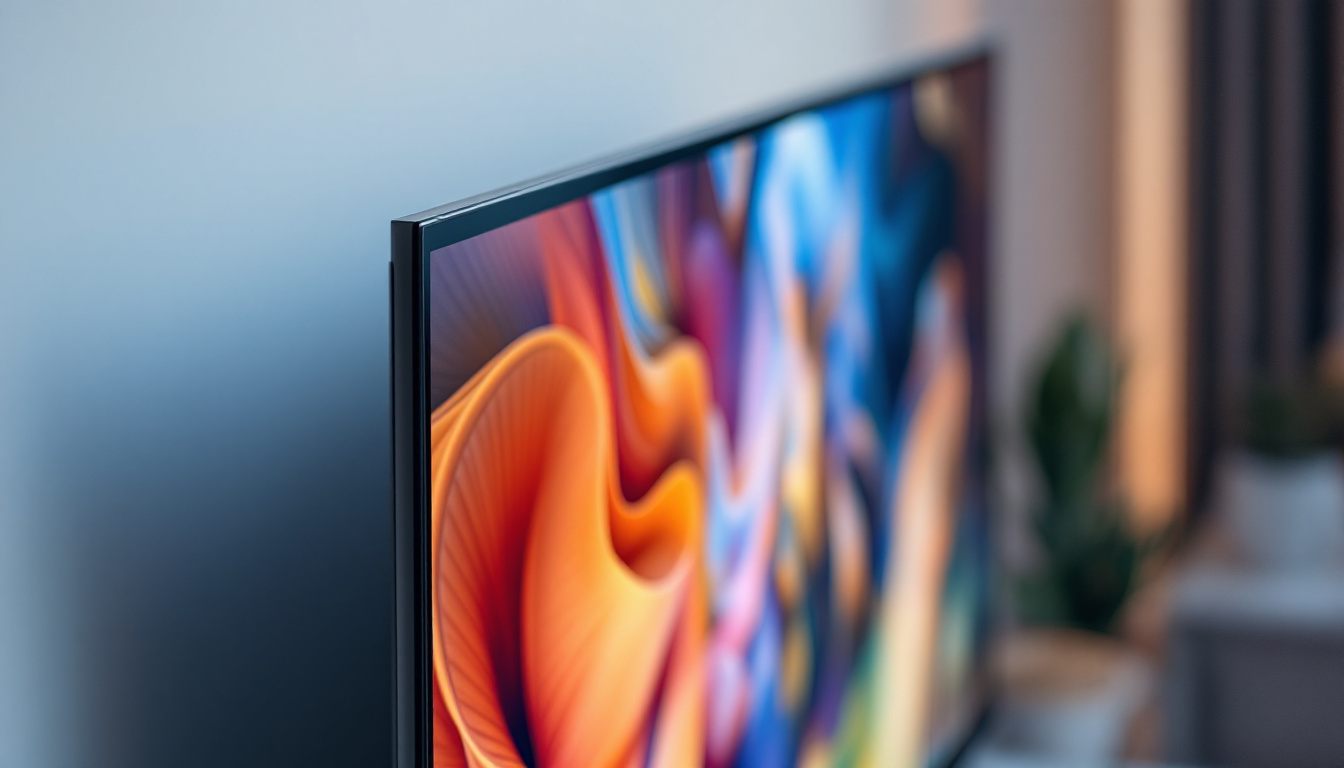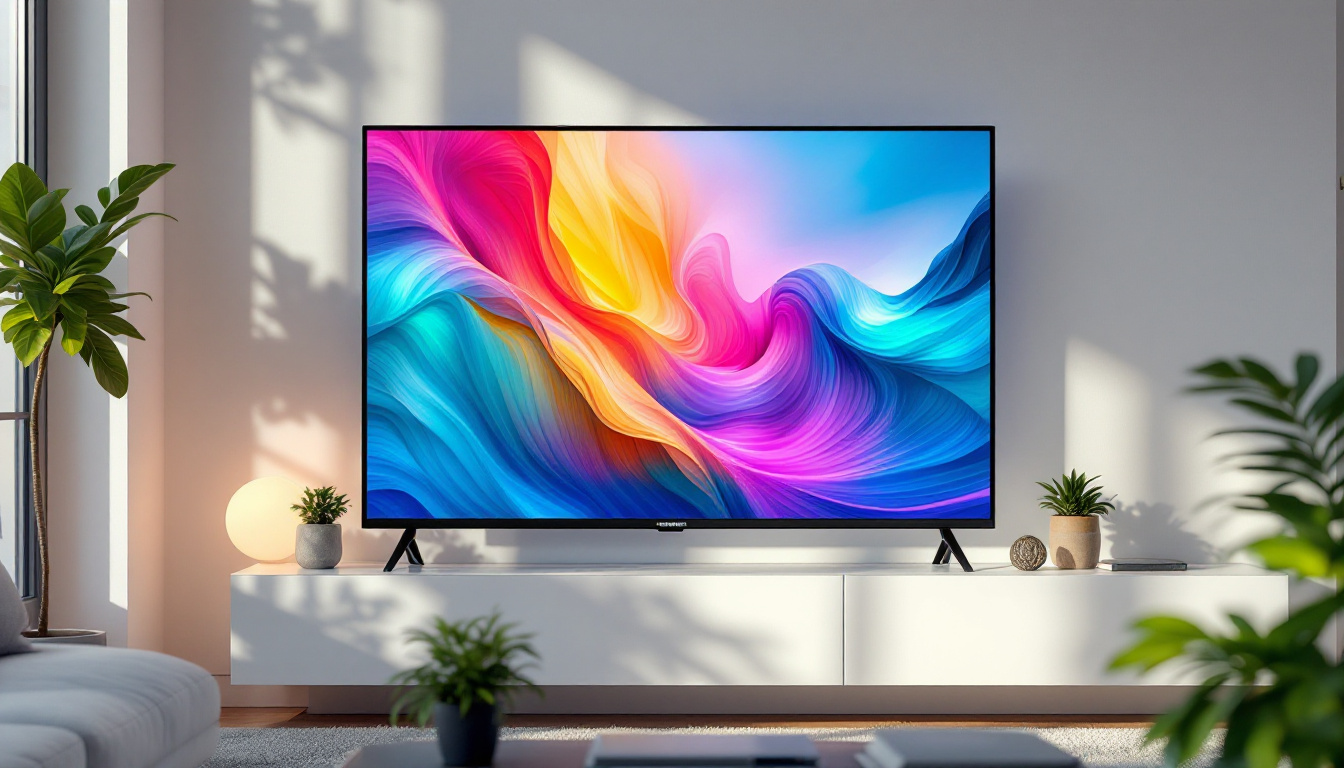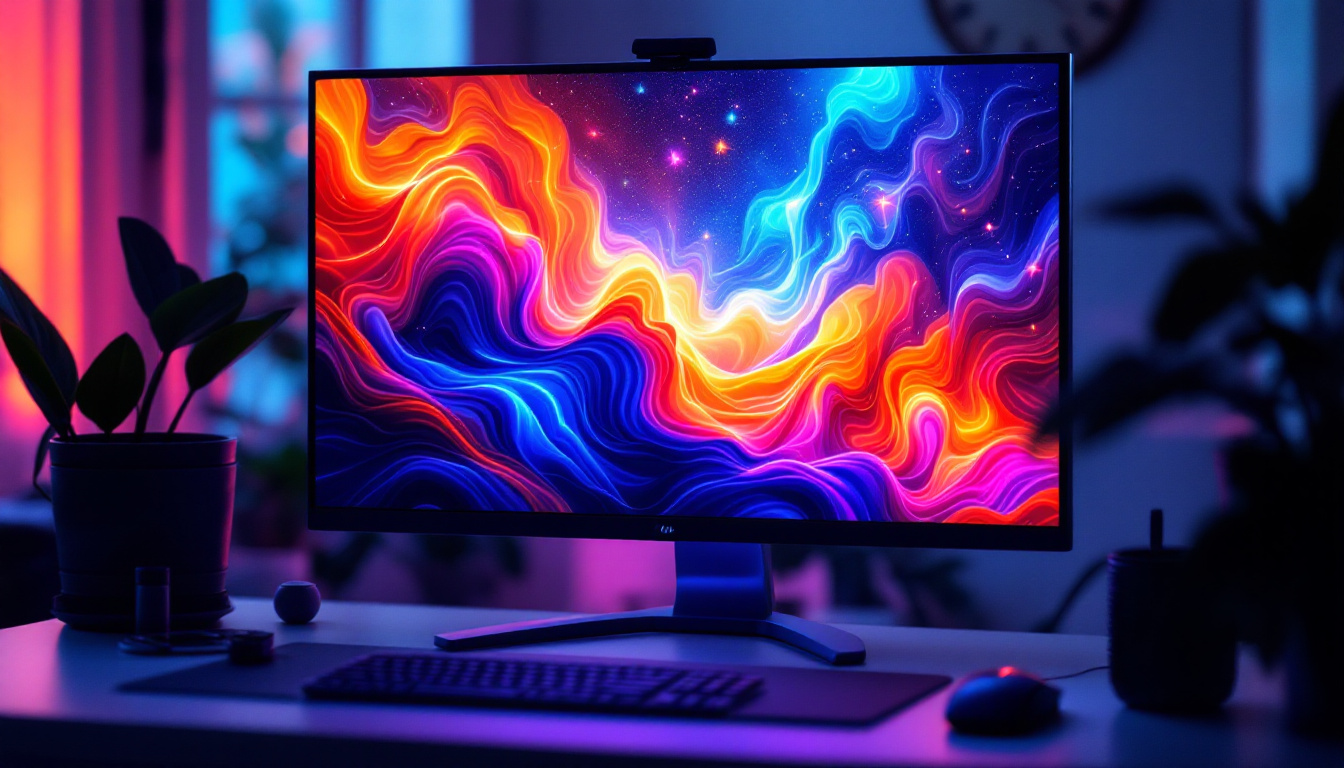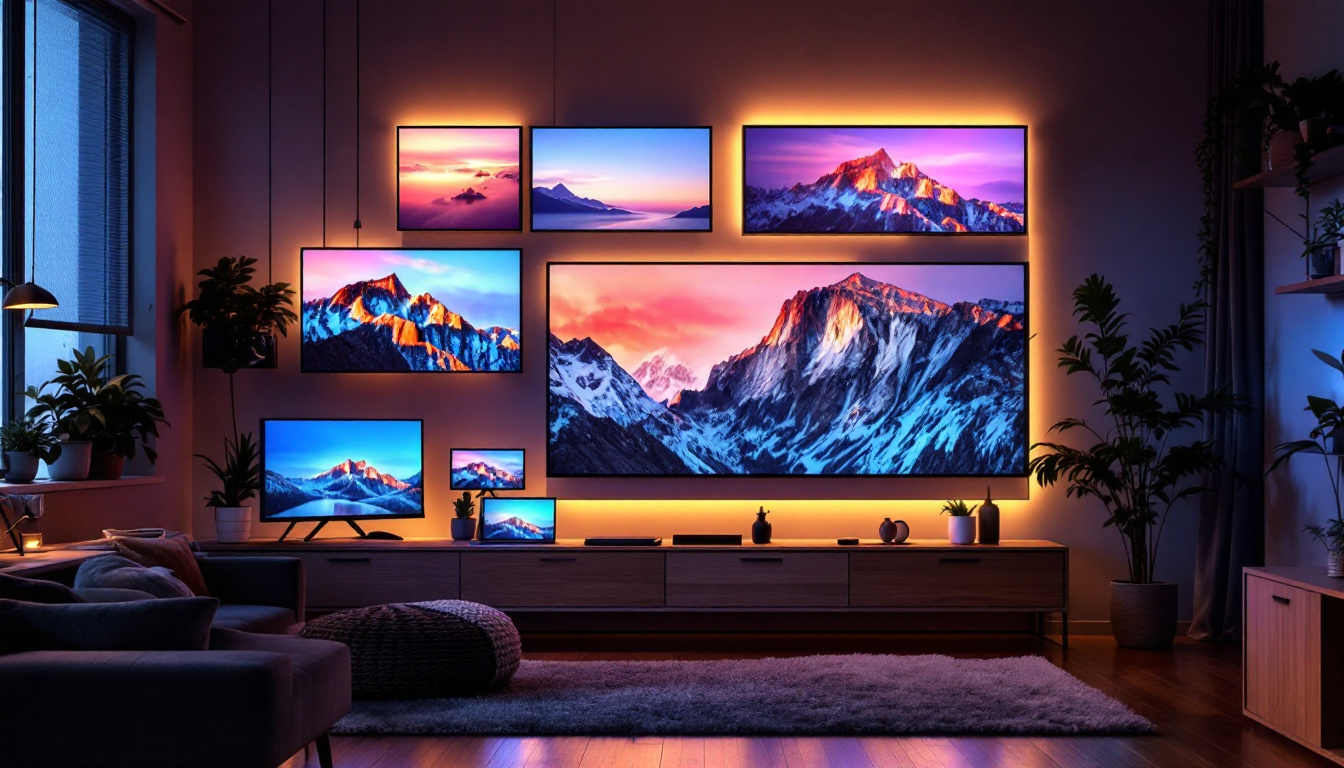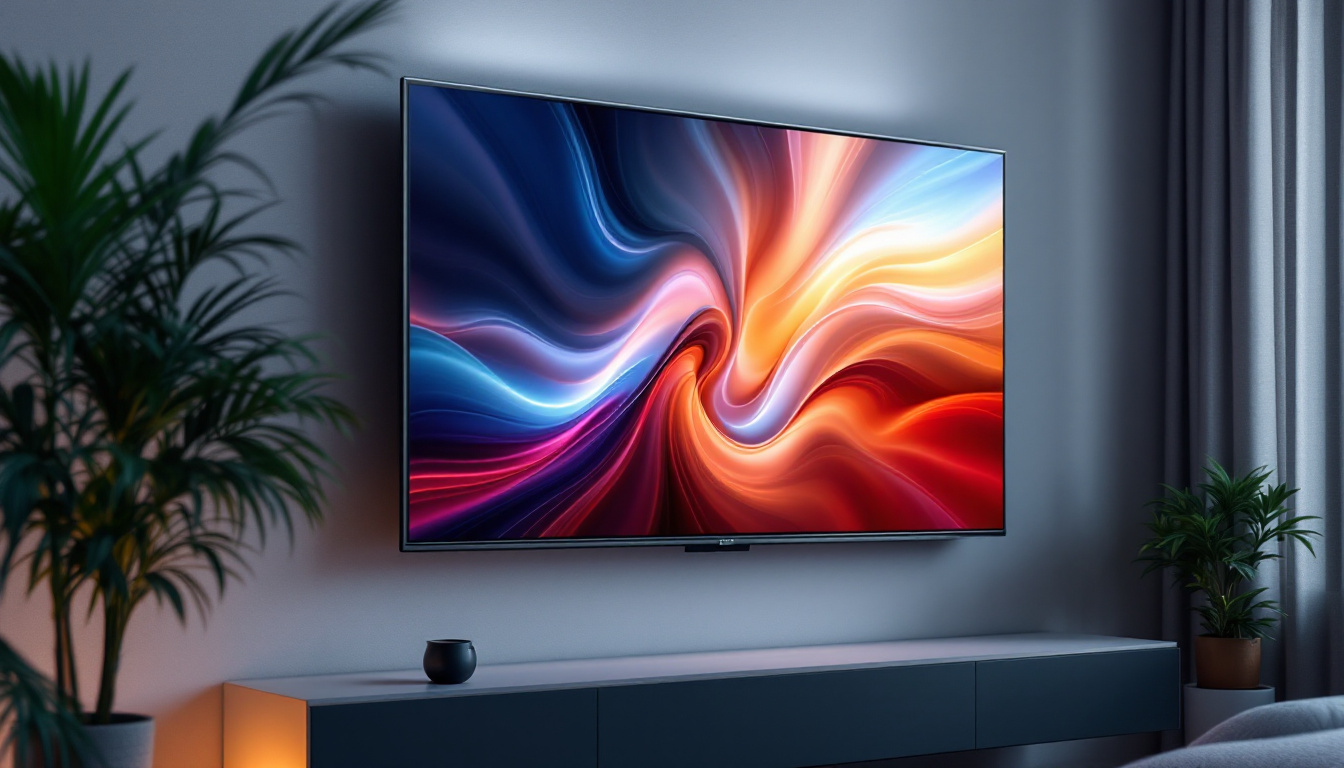What Is A Bezel On A TV: LED Display Explained
In the world of television technology, the term “bezel” often comes up in discussions about design, aesthetics, and functionality. Understanding what a bezel is and its role in LED displays can enhance the viewing experience and inform purchasing decisions. This article delves into the concept of bezels, their types, and their significance in modern television design.
Understanding the Bezel
The bezel is the frame that surrounds the screen of a television. It serves both practical and aesthetic purposes, playing a crucial role in the overall design of the device. Bezels can vary significantly in size, shape, and material, influencing how a TV looks in a living space. The choice of bezel design can reflect personal style, with options ranging from sleek metallic finishes to more traditional wooden frames, allowing consumers to select a TV that complements their home décor.
Functionality of the Bezel
From a functional perspective, the bezel protects the edges of the screen and houses essential components such as sensors, speakers, and sometimes even the TV’s control buttons. This protective role is vital, as it helps prevent damage to the display while maintaining the integrity of the overall design. Additionally, the bezel can play a role in the TV’s acoustics; some designs are engineered to enhance sound quality by directing audio from built-in speakers toward the viewer, creating a more immersive experience.
Moreover, the bezel can also impact the user experience. A well-designed bezel can enhance the visual appeal of the TV, drawing attention to the screen itself. Conversely, a bulky or unattractive bezel can detract from the viewing experience, making the TV seem larger or less elegant than it truly is. In many modern designs, manufacturers are also incorporating features such as ambient lighting within the bezel, which can create a more engaging atmosphere by harmonizing the TV’s appearance with the surrounding environment, especially during movie nights or gaming sessions.
Bezel Sizes and Trends
In recent years, there has been a noticeable trend towards thinner bezels. Manufacturers have recognized that consumers prefer sleek designs that maximize screen real estate. Thin bezels create a more immersive viewing experience, allowing viewers to focus on the content rather than being distracted by the frame. This shift towards minimalism is not just a design choice; it reflects a broader cultural movement towards simplicity and elegance in technology.
Some high-end models even feature “borderless” designs, where the screen appears to extend to the very edge of the television. This design not only looks modern but also enhances the overall aesthetic of the room, blending seamlessly with the environment. Furthermore, as technology advances, the materials used for bezels are evolving as well. Manufacturers are experimenting with ultra-lightweight composites and even transparent materials, which can further push the boundaries of traditional TV design, making them look almost like works of art when not in use. This innovation not only captivates consumers but also sets new standards in the competitive electronics market, driving other brands to rethink their design strategies.
Types of Bezels
Bezels can be categorized into several types based on their design and functionality. Understanding these types can help consumers make informed choices when selecting a television.
Standard Bezels
Standard bezels are the most common type found on televisions. They typically feature a uniform width around the screen and are made from various materials, including plastic, metal, or glass. While they serve their protective purpose, standard bezels may not always offer the most modern aesthetic. However, they can provide a certain level of robustness, making them suitable for households with children or pets, where accidental bumps and knocks are more likely to occur.
Moreover, standard bezels often come in a range of colors and finishes, allowing consumers to choose a design that complements their home decor. Some manufacturers even incorporate design elements that match the television’s overall style, such as brushed metal finishes or glossy surfaces, enhancing the visual appeal of the unit.
Ultra-Thin Bezels
Ultra-thin bezels have gained popularity due to their sleek appearance. These bezels are designed to minimize the frame around the screen, creating a more immersive viewing experience. They are particularly favored in high-end models, where aesthetics play a significant role in consumer choice.
Ultra-thin bezels often utilize advanced manufacturing techniques to ensure durability while maintaining a minimalistic design. This combination of style and strength makes them a preferred choice for many consumers. Additionally, the reduced bezel size can enhance the perceived size of the screen itself, making it an attractive option for those who want a large display without overwhelming their living space. The seamless integration of ultra-thin bezels into wall-mounted setups can also create a striking visual effect, as the television appears to blend into the wall, drawing attention to the content rather than the device.
Frameless or Borderless Bezels
Frameless or borderless designs take the concept of thin bezels to the next level. In these models, the screen appears to float without any visible frame, providing an almost cinematic experience. This design is not only visually stunning but also allows for larger screens in smaller spaces, as the absence of a bulky bezel can make a TV appear less imposing.
However, while frameless designs are visually appealing, they may come with challenges. For instance, the lack of a frame can make the screen more susceptible to damage if not handled carefully. Additionally, manufacturers must ensure that the internal components are securely housed without a traditional bezel. To address these concerns, many brands are incorporating protective coatings and reinforced glass to enhance durability. Furthermore, the engineering behind frameless designs often involves innovative mounting solutions that ensure stability and safety, allowing consumers to enjoy the aesthetic benefits without sacrificing practicality. This careful balance of form and function is what makes frameless televisions a striking choice for modern homes.
Impact of Bezels on Viewing Experience
The design and size of a TV’s bezel can significantly influence the viewing experience. A well-designed bezel enhances immersion, while a poorly designed one can distract from the content being viewed.
Immersive Viewing
Thin or frameless bezels contribute to a more immersive viewing experience. When the frame is minimal, viewers can focus more on the content rather than the television itself. This is particularly important for cinematic experiences, where the goal is to feel as if one is part of the action on screen.
Additionally, a sleek design can complement modern home decor, making the television a stylish addition to the living space rather than an eyesore. This harmonious integration is essential for many consumers who prioritize aesthetics alongside functionality.
Distraction and Aesthetics
On the other hand, a bulky or unattractive bezel can draw attention away from the screen, creating a distraction. This can be particularly noticeable in larger TVs, where the frame may seem disproportionate to the size of the screen. In such cases, viewers may find themselves focusing on the bezel rather than the content, diminishing the overall experience.
Furthermore, the aesthetic appeal of a TV can influence its placement in a room. A sleek, modern design with a thin bezel may encourage homeowners to display the TV prominently, while a less appealing design might lead them to hide it away.
Choosing the Right Bezel for Your Needs
When selecting a television, considering the bezel is an important aspect of the decision-making process. Different types of bezels cater to various preferences and requirements.
Consider Your Space
The space where the TV will be placed plays a significant role in determining the best bezel type. In smaller rooms, a TV with a thin or frameless bezel can create the illusion of a larger screen without overwhelming the space. Conversely, in larger rooms, a standard bezel may not have as much of an impact.
Additionally, the overall decor of the room should be taken into account. A modern, minimalist space may benefit from a sleek, thin bezel, while a more traditional setting might be complemented by a standard bezel design.
Evaluate Your Viewing Habits
Another important factor to consider is viewing habits. For those who enjoy immersive cinematic experiences, investing in a TV with a thin or frameless bezel can enhance the enjoyment of movies and shows. On the other hand, if the television is primarily used for casual viewing or gaming, the bezel may not be a top priority.
Understanding personal preferences and how the TV will be used can guide consumers in making the right choice regarding bezel design.
The Future of Bezels in Television Technology
As technology continues to evolve, so too will the design of bezels. Manufacturers are constantly exploring new materials and techniques to create even thinner and more durable bezels.
Advancements in Display Technology
With advancements in display technology, such as OLED and microLED, the possibilities for bezel design are expanding. These technologies allow for better picture quality and thinner screens, paving the way for even more innovative bezel designs.
As manufacturers strive to create TVs that offer both exceptional performance and stunning aesthetics, the future of bezels looks promising. Consumers can expect to see more options that cater to diverse tastes and preferences.
Consumer Preferences and Market Trends
Consumer preferences will also play a significant role in shaping the future of bezels. As buyers become more discerning about design and aesthetics, manufacturers will need to adapt to these trends. The demand for minimalist and elegant designs is likely to continue, pushing brands to innovate and refine their bezel offerings.
Market trends indicate a growing interest in customizable options, where consumers can choose the bezel design that best fits their style. This shift could lead to a wider variety of choices, allowing for greater personalization in television design.
Conclusion
The bezel on a television is more than just a frame; it plays a crucial role in both functionality and aesthetics. Understanding the different types of bezels, their impact on the viewing experience, and how to choose the right one can significantly enhance the enjoyment of television. As technology advances, the future of bezels promises to bring even more exciting innovations, catering to the evolving preferences of consumers.
In a market where design and performance go hand in hand, the bezel remains a key element in creating an engaging and immersive viewing experience. Whether opting for a standard, ultra-thin, or frameless design, consumers are encouraged to consider their unique needs and preferences when selecting their next television.
Discover the Future of LED Displays with LumenMatrix
As you consider the importance of bezels in your next television purchase, why not explore the forefront of LED display technology with LumenMatrix? Our innovative solutions, from Indoor and Outdoor LED Wall Displays to Custom and All-in-One LED Displays, are designed to provide you with an unparalleled viewing experience. Embrace the future of visual communication and let LumenMatrix enhance your brand visibility and audience engagement. Check out LumenMatrix LED Display Solutions today and experience the revolution in LED display technology.

